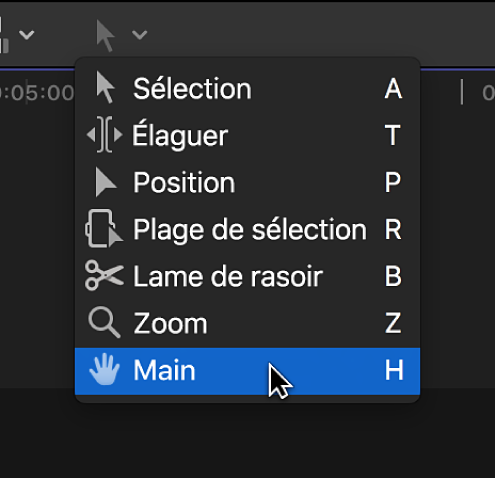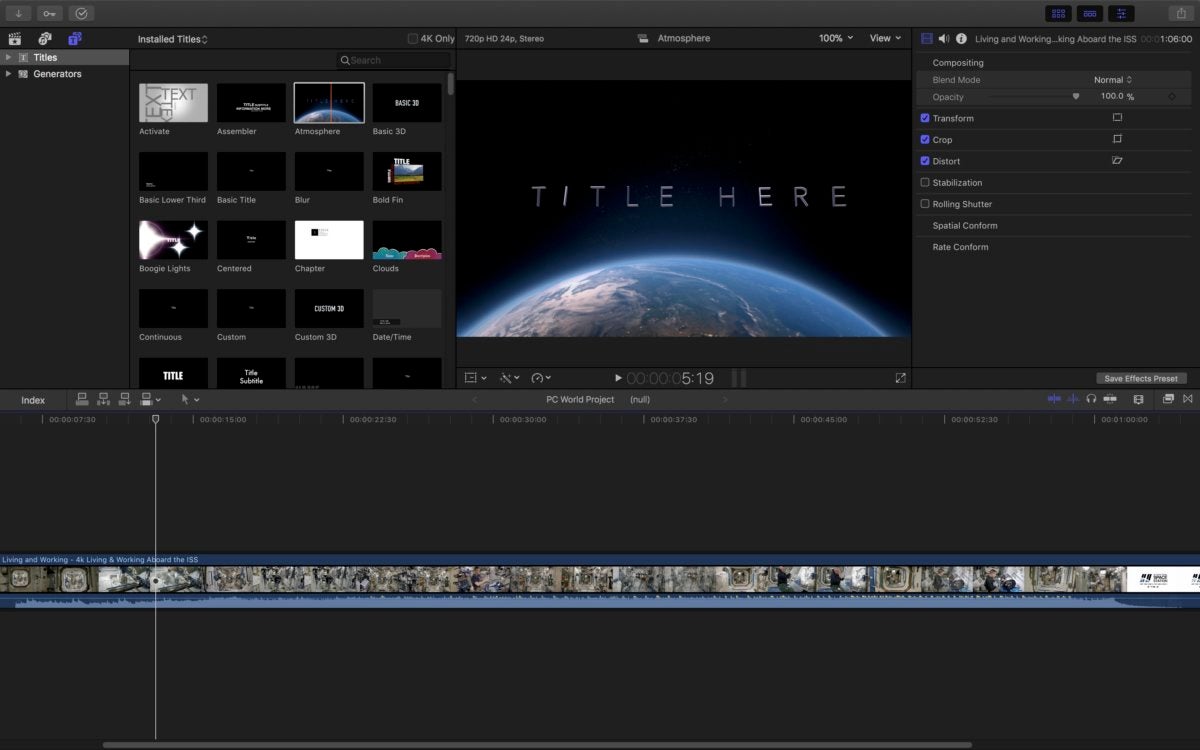

If you need the move to start or end in the middle of clip, you’ll need to use keyframes to animate position and scale settings. NOTE: The Ken Burns effect always begins at the first frame of a clip – even if that frame is under a transition – and ends on the last frame of a clip.

This displays two rectangles: Green defines the starting frame, Red defines where the move ends. Then, in the Viewer, click the Ken Burns button in the menu at the bottom.NOTE: You can also select this option from the Crop section in the Video Inspector, but I find this small menu faster. Then in the lower left corner of the Viewer, select Crop.
#Final cut pro zoom in how to
Here’s how to create a Ken Burns effect using the image I illustrated at the beginning of this tutorial. This is why video does not work well with a Ken Burns move – video doesn’t have enough pixels in each frame to move around an image. Keep this need for higher resolution stills in mind when creating your images. NOTE: While Final Cut Pro X does not have a specific limit to still images, I’ve run into problems when importing images with more than 10,000 pixels on a side. Here’s a table with some potential image sizes. To compensate for this, if we know we are going to zoom into (enlarge) an image, we need to create an original source image with more pixels than the frame it will fill.įor example, if I want to zoom into an image so that the image doubles in size, or I want to start at the bottom of an image and tilt up to the top, I would need to create a source image with more pixels to accommodate the zoom or tilt. The upshot of all this is that scaling images smaller does not damage image quality, while scaling images larger makes them look blurry – because we are stretching fewer source pixels across more space than they were originally captured to fill. Rather, you are duplicating each source pixel so it fills into the space of the pixels around it. When scaling an image larger, you are not increasing the size of each pixel.Instead you are removing pixels from the image.

Those are fixed in size and never change. When scaling an image smaller, you are not reducing the size of each pixel.No more and no less and each frame is the same. Bitmaps are rectangular grids of pixels, which are fixed in size and resolution.įor example, a typical HD image is a bitmap 1,920 pixels wide by 1,080 pixels high for a total of 2,073,600 pixels. All digital images – both still and moving – are composed of bitmaps. Understanding bitmaps is essential to getting good results with the Ken Burns effect.
#Final cut pro zoom in full
I want to create a move that zooms from full frame into the berries. Here’s my first example: An image that fills the frame. While this effect can be used on video clips, you’ll get the best results using it to create moves on high-resolution stills. The Ken Burns effect, named after legendary filmmaker Ken Burns who popularized this technique, creates smooth moves on still images in the Final Cut timeline. The Ken Burns effect does a move – a pan, tilt, zoom or combination of all three – on an image.


 0 kommentar(er)
0 kommentar(er)
